1. Over-the-top home theaters
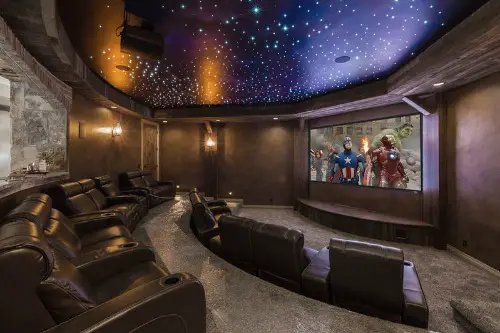
Once considered the ultimate status symbol, sprawling home theaters aren’t impressing buyers the way they used to. The problem is that these spaces often eat up square footage that could be better used for a family room or guest suite. Most people stream movies in their living rooms now, making a dedicated theater feel unnecessary. The upkeep, from maintaining projectors to fixing recliner seats, just adds to the hassle.
Buyers are also wary of how quickly technology becomes outdated in these rooms. A home theater built with 2015 gadgets may feel laughably dated in 2025. That makes it more of a renovation project than a selling point. Many buyers would rather see flexible space than a single-use “luxury” room.
2. Whirlpool bathtubs
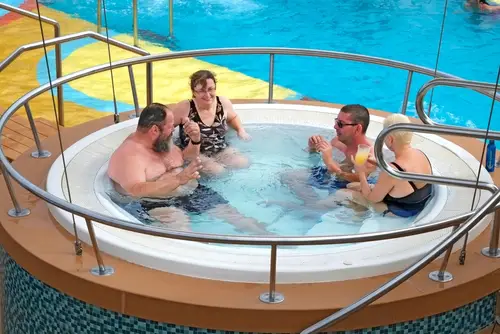
Jacuzzi-style tubs once screamed luxury, but today they’re more likely to make buyers roll their eyes. They take forever to fill, they’re loud, and most people don’t end up using them more than a few times a year. In fact, they’re often seen as space hogs in bathrooms where people would rather have a walk-in shower. The constant cleaning to avoid mold in the jets is another turnoff.
Buyers now prefer spa-like showers with multiple heads or steam features, which feel modern and practical. Many consider whirlpools to be dated relics from the ‘90s and early 2000s. They also raise concerns about water and energy waste, which doesn’t sit well with eco-conscious shoppers. So instead of a selling point, they can actually drag down the appeal of a bathroom.
3. Wine cellars
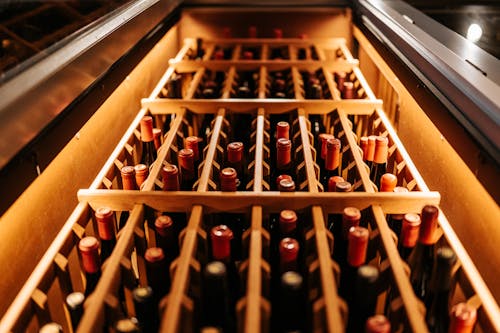
A wine cellar might sound glamorous, but for many buyers, it’s just unnecessary square footage. Unless you’re a serious collector, storing bottles in a small fridge is more than enough. These spaces are costly to maintain, requiring climate control and insulation. And if a buyer isn’t into wine, it becomes wasted space.
The rise of more casual entertaining also makes them less appealing. People are drinking more craft beer, cocktails, and mocktails, so wine isn’t the centerpiece it once was. Buyers may look at a cellar and see a renovation cost to turn it into a usable room. What was once luxury now feels niche and impractical.
4. Gold-plated fixtures
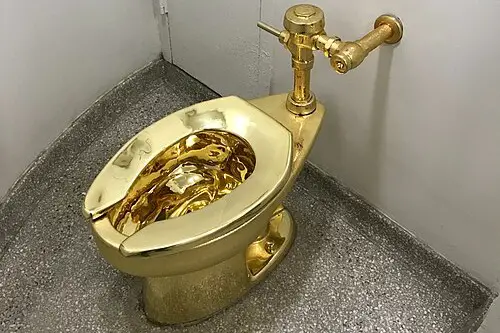
Gold and brass finishes can be beautiful when done subtly, but full-on gold-plated sinks, faucets, or toilets send the wrong message today. They often come off as gaudy instead of high-end. Buyers tend to see them as expensive to replace and out of step with current design trends. Neutral, timeless finishes like matte black or brushed nickel are much safer bets.
Another issue is that metallic “luxury” looks rarely age well. What’s in vogue one year can feel tacky the next, leaving buyers with a dated bathroom or kitchen. Even if they appreciate a little glam, most would rather personalize those touches themselves. Overly flashy fixtures can be an immediate red flag.
5. Indoor elevators
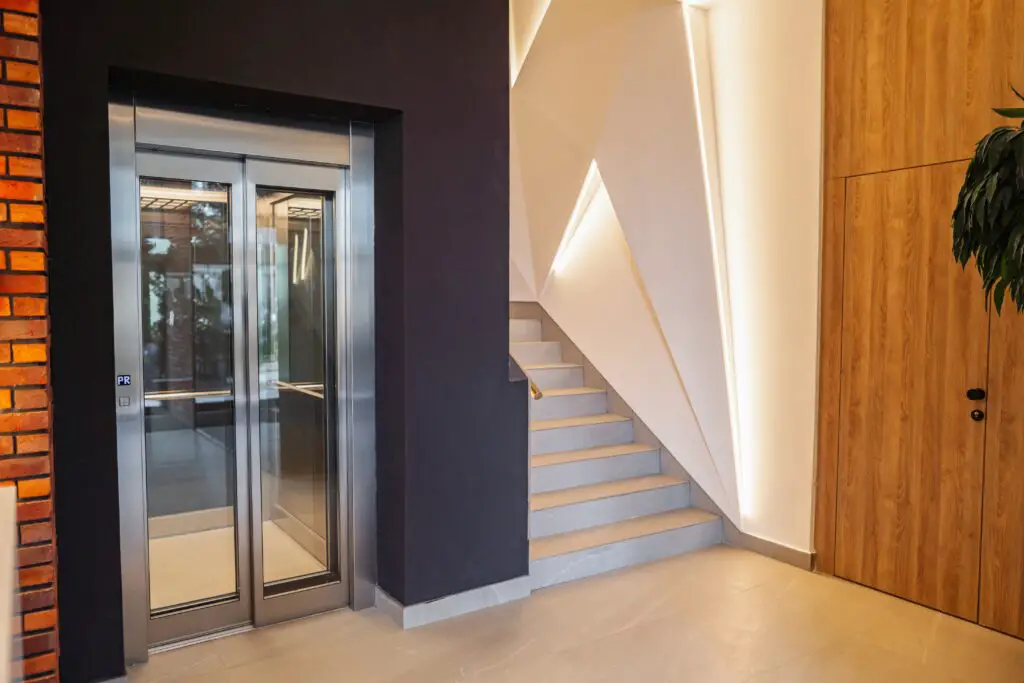
Having a personal elevator might sound like the ultimate convenience, but in reality, it turns off more buyers than it attracts. Unless someone has mobility needs, they’re rarely used and just take up valuable floor space. Maintenance costs and safety inspections add another layer of hassle. The idea of being stuck in one during a power outage doesn’t help either.
Buyers also worry about long-term repair bills. When a motor fails or parts wear out, it can cost thousands to fix. That’s a future headache most people don’t want to inherit. Stairs, as it turns out, are more reliable and a lot less stressful.
6. Gated driveways
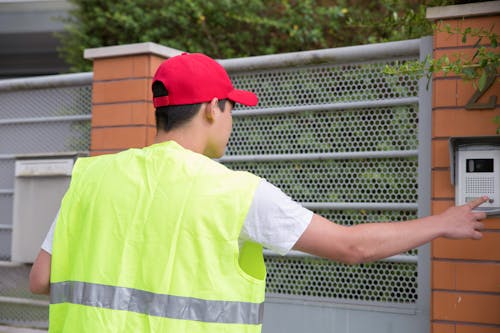
A gated driveway may sound secure, but it often signals more hassle than prestige. Buyers see added maintenance costs, from fixing motors to keeping gates painted and functional. Guests and delivery drivers also find them inconvenient. Instead of luxury, they can read as unwelcoming barriers.
Security experts also note that gates aren’t always the crime deterrent people think they are. A motivated intruder can often bypass them with ease. Buyers may feel that cameras or smart locks are more effective solutions. As a result, gated driveways are losing their luster.
7. Bidet toilets with complex tech
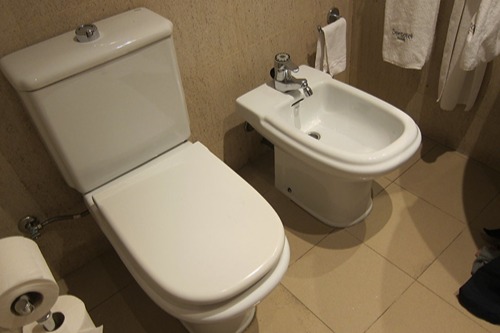
High-tech bidet toilets with heated seats, music, and remote controls once felt futuristic. But buyers now see them as overly complicated and prone to breaking. The electronics inside can fail, leaving homeowners with expensive repair bills. Plus, replacement parts aren’t always easy to find.
Hygiene is another concern. Some buyers worry about bacteria buildup in systems that aren’t regularly maintained. Others feel uncomfortable with the learning curve of operating what should be a simple fixture. Instead of being wowed, many people just want a straightforward, reliable toilet.
8. Fake “Tuscan” kitchens
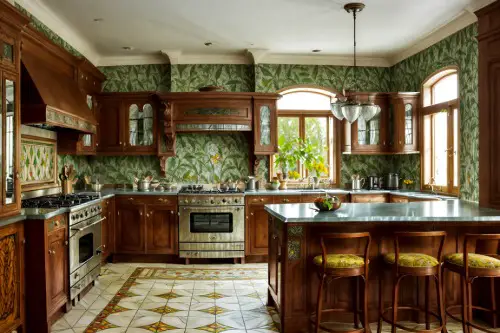
Heavy wood cabinets, ornate stonework, and dark finishes were once the definition of a luxury kitchen. Now they’re viewed as dated and overwhelming. Buyers increasingly want bright, airy, and minimalist spaces. A Tuscan kitchen often means a costly renovation ahead.
The upkeep is also exhausting. Dark finishes show dust and grime more easily, and intricate details are harder to clean. Today’s buyers prioritize functionality over old-world flair. What was once luxury design is now a visual burden.
9. Smart home systems that are too proprietary
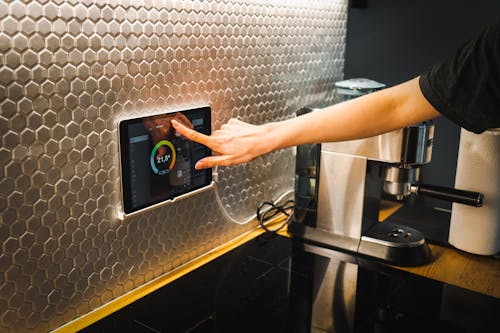
Buyers do love smart homes, but systems that lock them into one brand or require expensive subscriptions are a red flag. They worry about compatibility with newer tech and being stuck with outdated hardware. If a system goes out of business, the entire setup can become useless. That feels more like a liability than a perk.
Flexibility is key for modern buyers. They’d rather start fresh with their own smart devices that connect easily. A home filled with hardwired, proprietary systems can feel like inheriting someone else’s tech mess. Simpler, customizable options are now preferred.
10. Two-story entryways
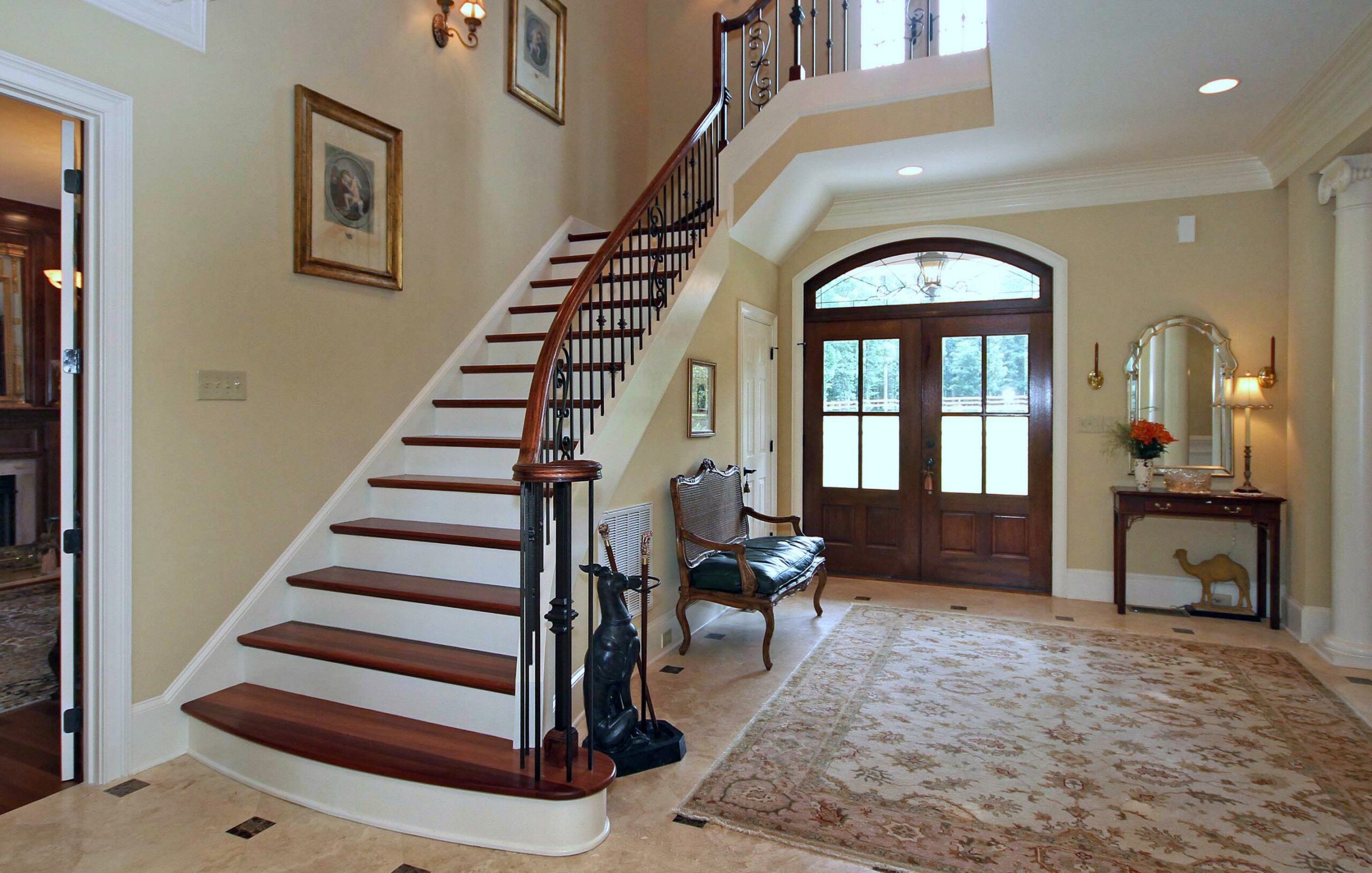
Double-height foyers were once meant to wow guests with grandeur. Now buyers see them as energy-wasting and impractical. Heating and cooling all that vertical space is inefficient, and cleaning chandeliers or tall windows is a nightmare. Instead of elegance, it feels like a money pit.
Many buyers also say these entryways feel cold and impersonal. They’d rather walk into a cozy, welcoming space than an echo chamber. With rising energy costs, wasting square footage just for drama doesn’t make sense. Functionality is winning out over showiness.
11. Outdoor kitchens with full appliances
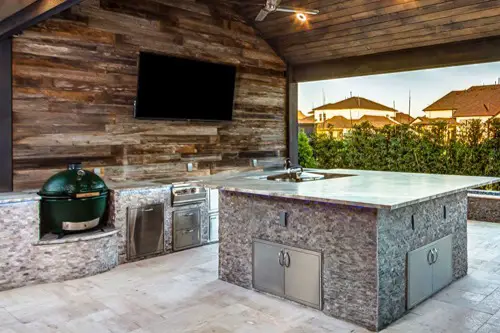
Outdoor kitchens with sinks, refrigerators, and built-in grills may look impressive in listing photos. But buyers quickly realize they require constant maintenance and weatherproofing. In many climates, they’re only usable for a few months of the year. That makes them feel like an expensive gimmick.
There’s also the issue of redundancy. Most buyers already have a perfectly functional kitchen indoors. Duplicating appliances outdoors often means more cleaning and repairs. For many, a simple grill setup is plenty.
12. Infinity pools
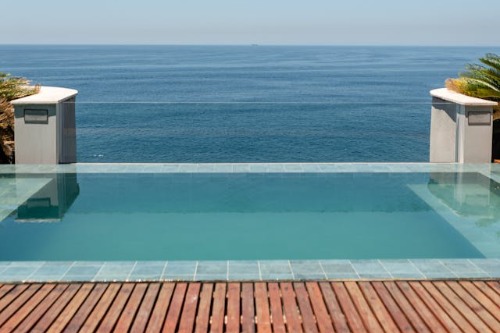
Infinity pools look dramatic on Instagram, but they’re expensive and tricky to maintain. The water systems require constant balancing to function correctly, and repairs can be astronomical. For families with kids, safety is a huge concern. Buyers often decide they’d rather have a traditional pool or none at all.
Another factor is location. An infinity pool looks amazing when overlooking the ocean or mountains, but in a suburban backyard, the effect is lost. Without the view, it can just seem like unnecessary excess. Buyers are less impressed by the “luxury” label and more focused on practicality.
13. Overbuilt garages
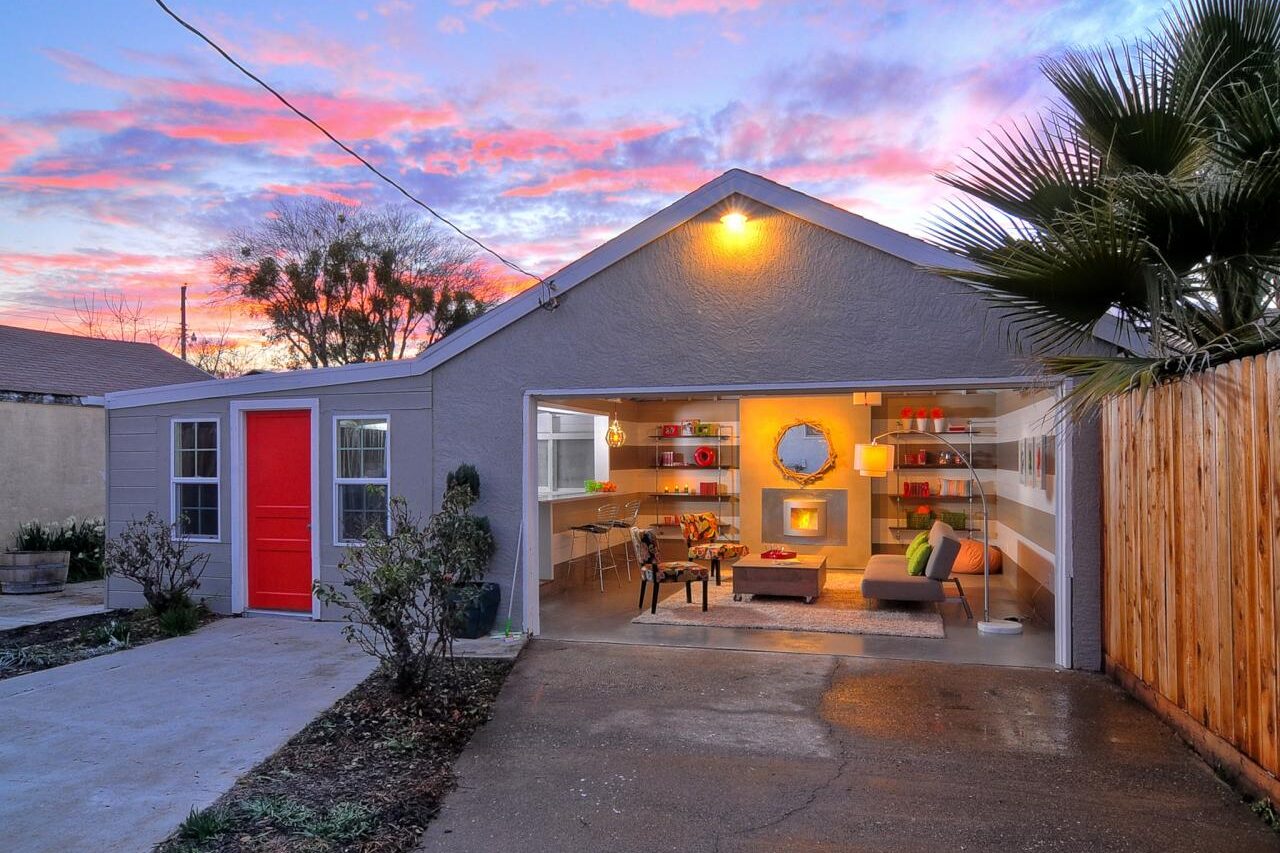
A four-car garage might sound like a dream, but it often signals wasted space and higher utility bills. Buyers without a collection of vehicles don’t know what to do with all that square footage. Heating or cooling oversized garages adds up quickly. It can even make the house feel imbalanced.
More and more, buyers want functional garage space for storage, workshops, or gyms rather than rows of parking. An overbuilt garage locks them into one use. They may prefer to invest in flexible layouts instead. What used to impress now feels like overkill.
14. Private gyms with built-in equipment
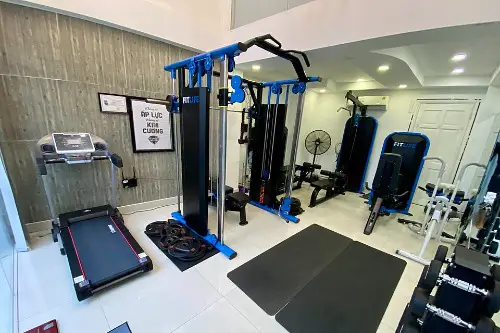
A dedicated home gym might have been a pandemic-era luxury, but now buyers are less enthusiastic. Built-in machines are bulky, hard to remove, and often outdated. They also remind buyers of maintenance and repair costs. Many would rather use a spare room for yoga, Peloton, or multipurpose workouts.
The fitness world has shifted toward minimal equipment and flexible routines. A giant treadmill or weight machine looks clunky and unnecessary. Buyers prefer a blank canvas they can adapt to their lifestyle. Fixed gyms now signal limitations instead of freedom.
This post 14 “Luxury” Features That Buyers Now See as Red Flags was first published on Greenhouse Black.
